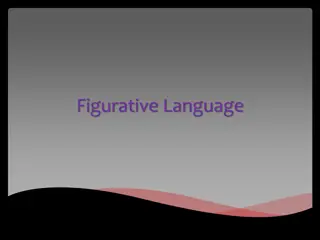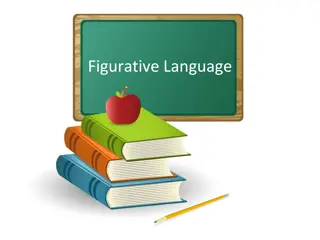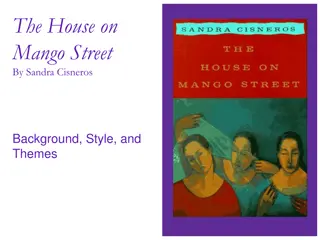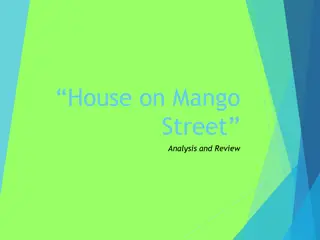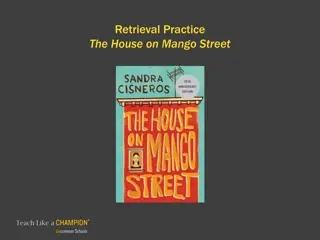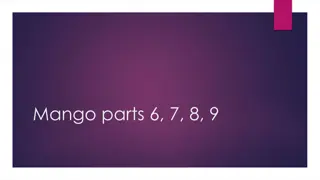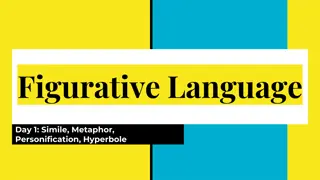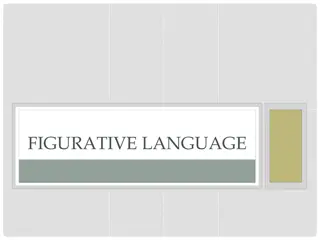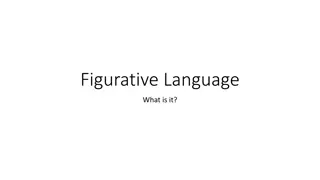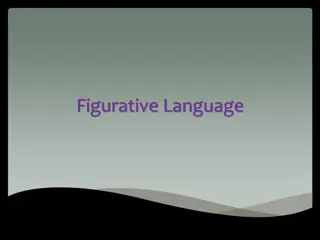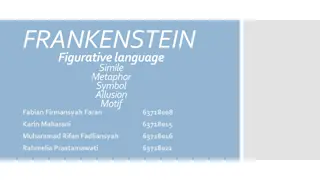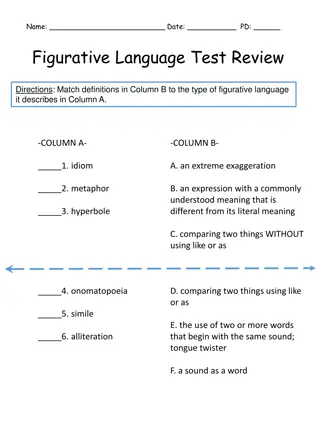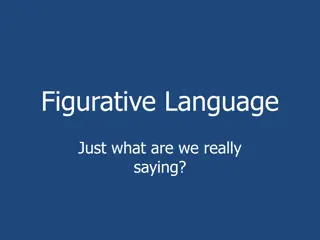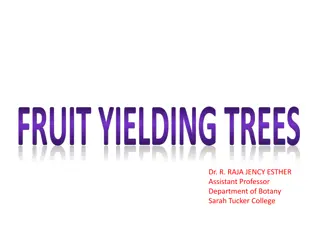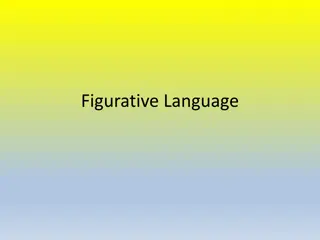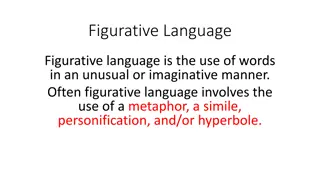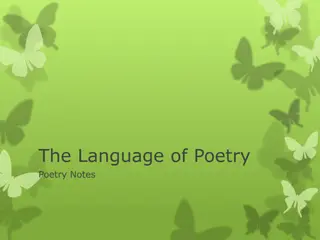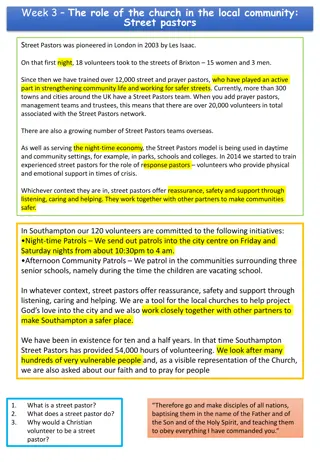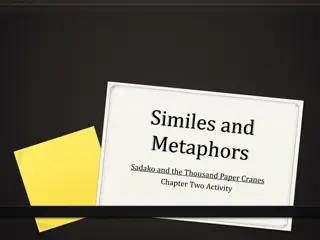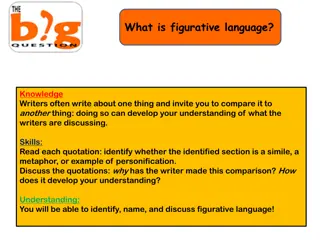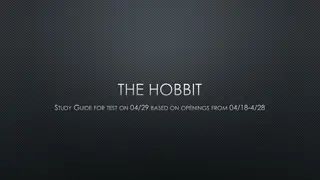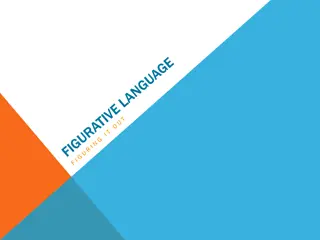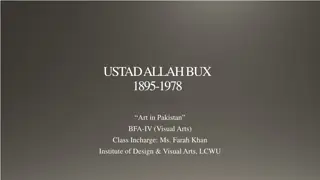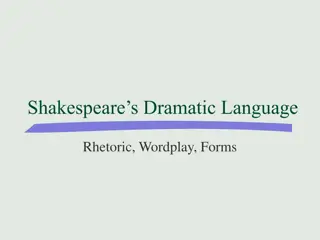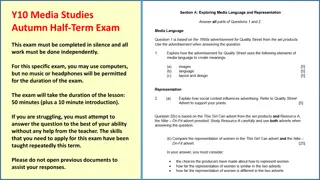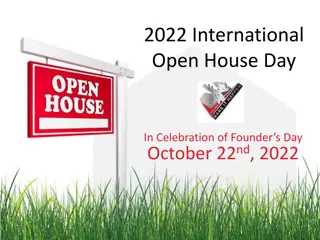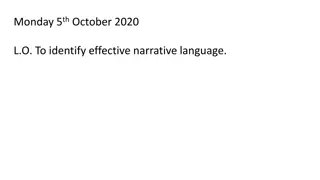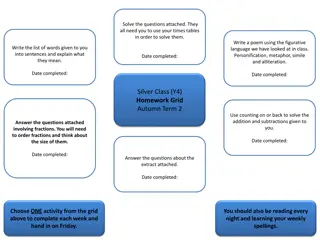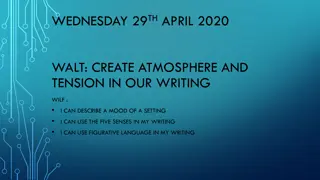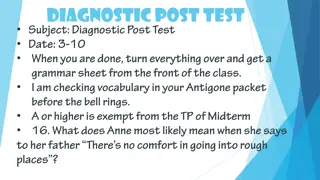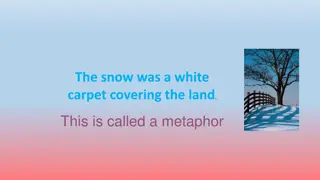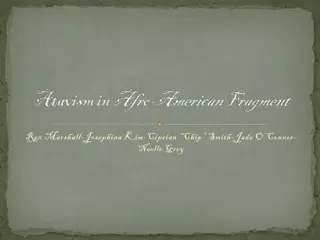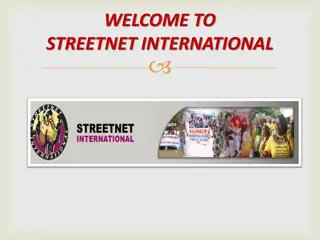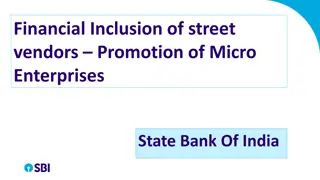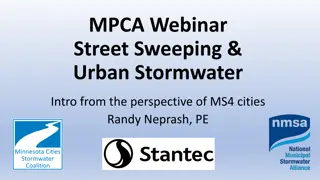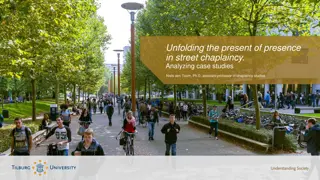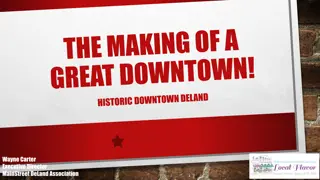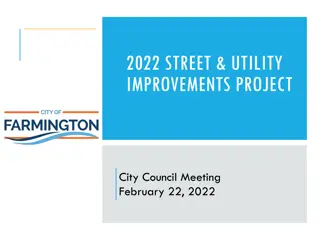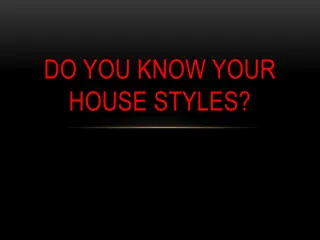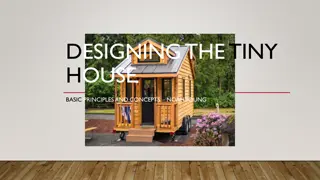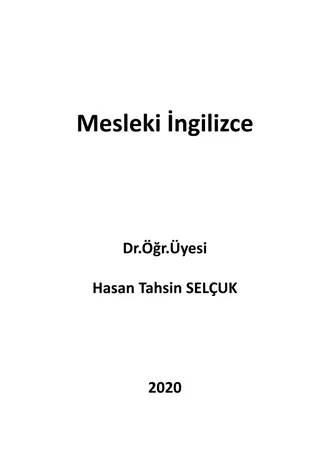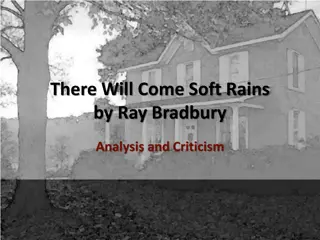Exploring Figurative Language in "The House on Mango Street
Dive into the world of figurative language in Sandra Cisneros' novel "The House on Mango Street" by exploring examples of imagery, metaphor, simile, personification, hyperbole, alliteration, assonance, and consonance. Discover how these literary devices enhance the storytelling by painting vivid pictures and creating deeper meanings beyond the literal text.
Download Presentation

Please find below an Image/Link to download the presentation.
The content on the website is provided AS IS for your information and personal use only. It may not be sold, licensed, or shared on other websites without obtaining consent from the author. Download presentation by click this link. If you encounter any issues during the download, it is possible that the publisher has removed the file from their server.
E N D
Presentation Transcript
Figurative Language speech/writing that departs from literal meaning in order to achieve a special effect or meaning.
Imagery Imagery: language that creates a recognizable world by drawing on our five senses. Example: The smell of the pine trees was spicy, the same smell as Christmas morning as you unwrap your presents.
Metaphor Metaphor: suggests a comparison by wording a sentence as if two unlike things are the same. The comparison is never directly stated. Example: But my mother s hair is the warm smell of bread before you bake it.
Simile Simile: a comparison is directly stated using like or as Example: They don t walk like ordinary dogs but leap and somersault like an apostrophe and comma (71).
Personification Personification: language that attributes human qualities to things, animals, or nature. Example: Looking smaller still, our house with its feet tucked under like a cat (22).
Hyperbole Hyperbole: A figure of speech in which exaggeration is used for emphasis or effect. Example: My grandmother was born when dinosaurs still roamed the earth.
Alliteration Alliteration: repetition within a line or phrase of the same initial sound or letter. Example: One mother who is tired all the time from buttoning and bottling, and babying (29).
Assonance and Consonance Consonance: repetition of consonant sounds within a phrase (again, not always the initial letter!) The black chicken pecked at the candy corn. Assonance: repetition of vowel sounds within a phrase (not the initial letter!) Like a diamond in the sky.
Activity Grab a copy of The House on Mango Street. Look for at least two examples of each type of figurative language. Write out the quote, the page number, and one sentence explaining what the figurative language means literally FOR SIMILES AND METAPHORS. You may work with a partner.
Talking About Meaning of the Work When you finish with your figurative language, write me a paragraph explaining what you think the meaning of the work is. What lesson or message can we learn from Esperanza and her experiences? Give specific evidence from the text that supports your meaning of the work.
When You Finish Write your sentences using figurative language! You must have one sentence for each of the six types. Imitate the subject of your first vignette if you have it. If not, choose something that you can write about easily. Put your six sentences into a vignette-like paragraph. You re telling a story using figurative language!


